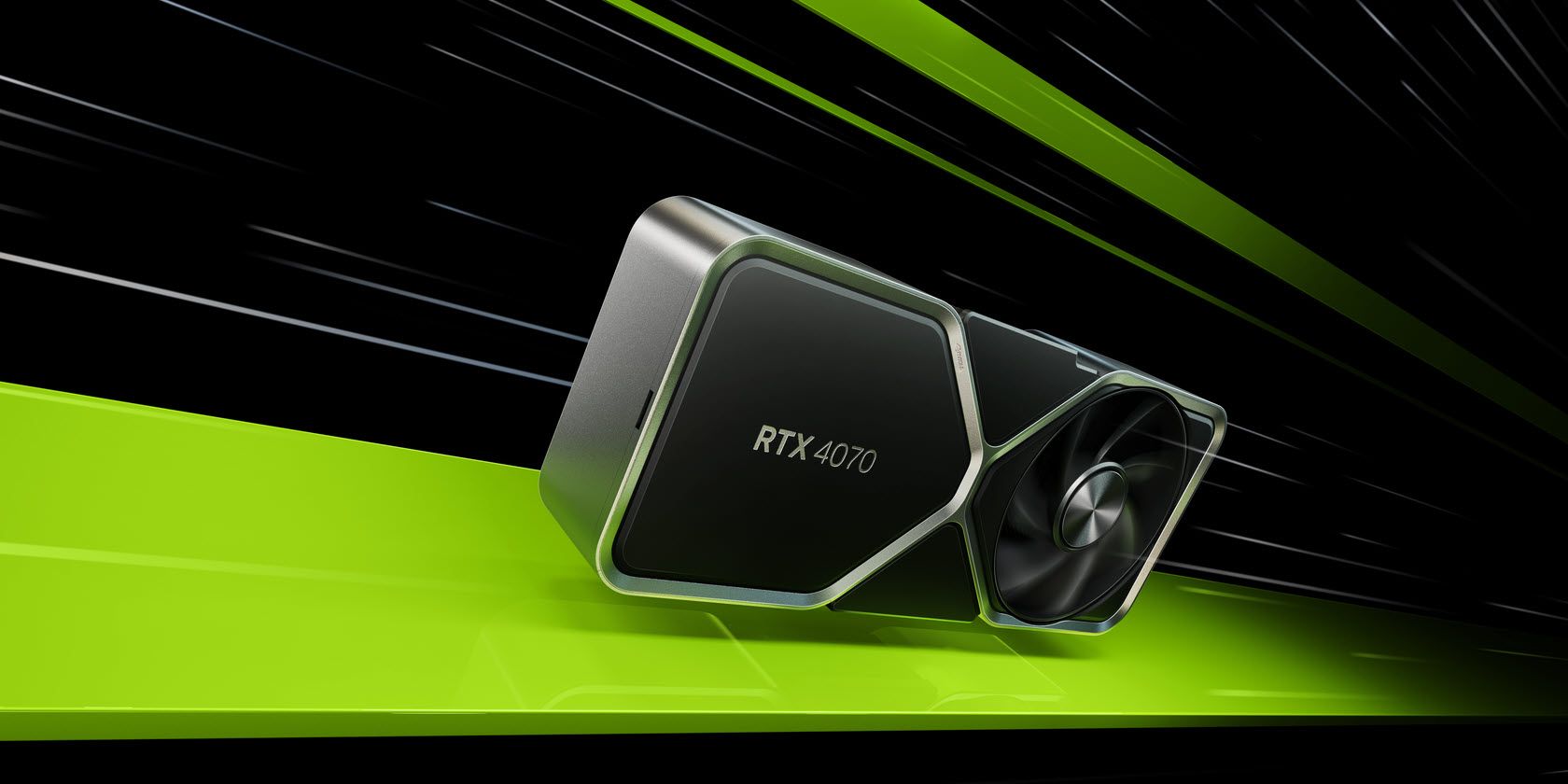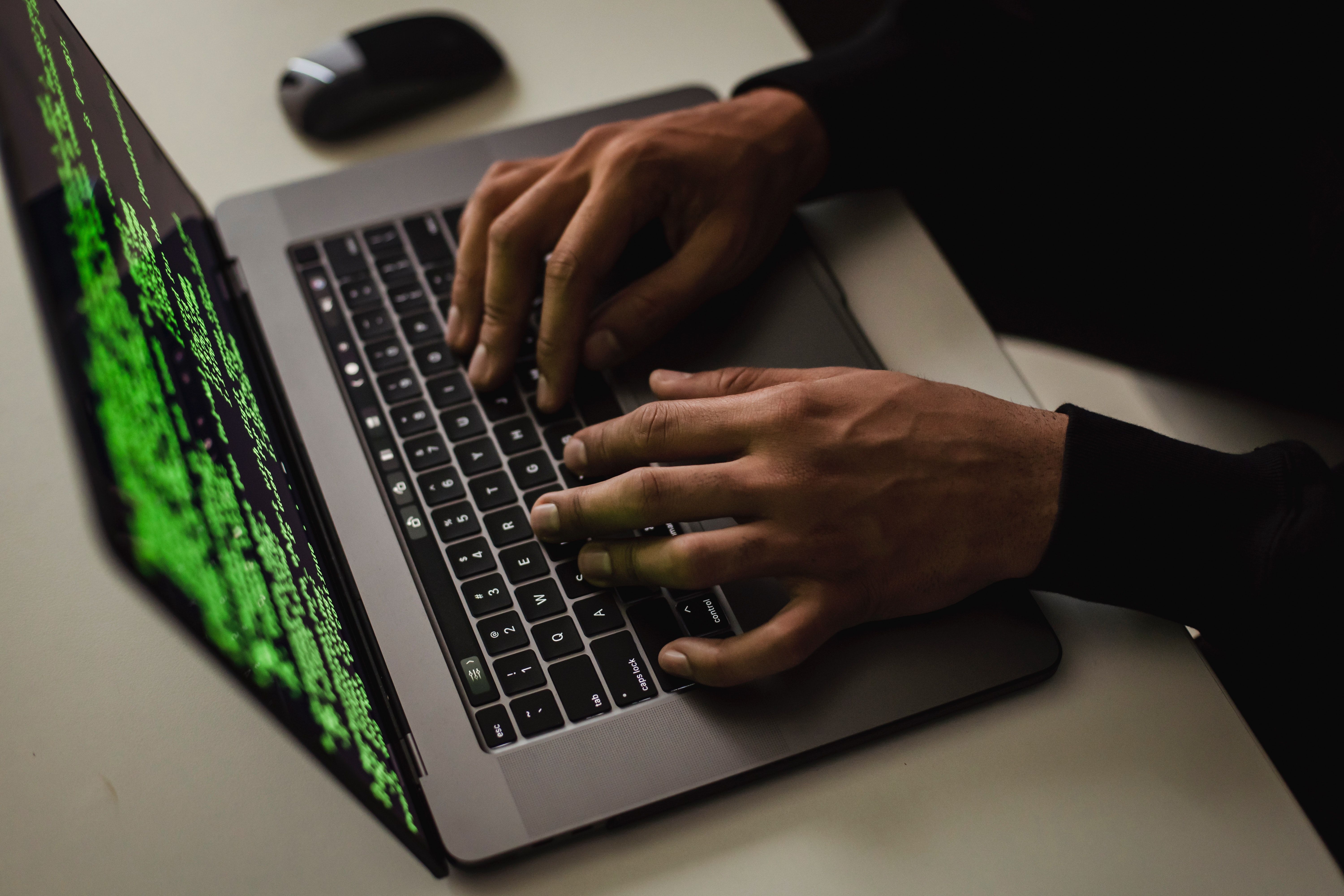Graphics drivers are responsible for running the graphical components of a computer, from 3D gaming to movie streaming. Keeping them up-to-date and optimized is imperative to maintain ideal performance—and guard against security breaches.
As with any computer software, unchecked graphics drivers can wreak havoc on the overall system. Let's dive into how graphics driver upkeep protects your machine.
Understanding Graphics Drivers
Think of graphics drivers as the instructional home base for a computer operating system to understand how to use (or drive) graphics cards. While the graphics card is responsible for processing all the images you see on a computer screen, it would only be rendered useful with a graphics driver to interpret and translate requests from hardware.
Without a functional, well-maintained graphics driver, the operating system cannot effectively use its graphics components.
Security Risks Associated With Outdated Graphics Drivers
An outdated graphics driver can introduce a slew of problems, from security gaps to performance lags. Your computer may experience poor graphics quality, decreased frame rates in video games, and slower overall performance in addition to a host of security risks, the biggest of which we’ll unpack next.
1. The Open Invitation to Malware
Malware is any malicious software that can harm your computer by accessing sensitive information, slowing down its performance, or completely disabling it. Those responsible for malware look for unpatched systems that use outdated software, such as graphics drivers, to gain access.
When you don't keep your graphics drivers up-to-date, you leave open doors for malicious software to enter. You wouldn't leave your back door open with a sign welcoming the neighborhood burglars in, so don't leave an invitation for malware injections.
2. Your Personal Information Is Left Vulnerable
Left to its own devices, malware can be used to access and misuse personal information. In fact, a compromised computer is becoming the most common source of identity theft.
Once let inside by your outdated driver, cybercriminals can access sensitive information such as banking details, social security numbers, or personal photos from an external storage device. Your computer and website passwords can't protect you in this case. The attackers have discovered a backdoor to access your most sensitive files and information.
3. Incompatibility With Other Technologies
Finally, unchecked graphics cards can create a domino effect of system-related issues. Outdated graphics drivers are not optimized to work with new software versions and hardware, eventually leading to system crashes and other security vulnerabilities. No one wants to see the blue or white screen of death and suffer the consequences of lost data.
In some cases, failing to update graphics drivers can cause permanent damage to your graphics card or other hardware components. To avoid costly repairs or replacements and extend the life of your machine, keep your graphics drivers up to date.
How to Update Graphics Drivers
Make sure to check for graphics driver updates regularly and install them as soon as possible to ensure optimal performance and security. To update your graphics drivers, follow the steps below:
- Identify your PC’s graphics card model and manufacturer. To check your graphics card on a Windows PC, open Settings and navigate to the Display section. To do the same on a Mac machine, open the About This Mac window from the Apple menu.
- Visit the manufacturer's website and navigate to the support or drivers section. For example, if you have an NVIDIA graphics card, you would visit the NVIDIA website and navigate to the Drivers section.
- Find and download the latest graphics driver for your operating system and graphics card model. The website should automatically detect your operating system and graphics card model, but, if it doesn’t, manually select the correct options.
- Follow the manufacturer's instructions for installing the updated graphics driver. This will typically involve running an installation file and following the prompts.
While updating your graphics drivers is essential, it's also important to approach driver updates with caution. In some cases, new driver updates can cause compatibility issues with other software or hardware components. Before updating your drivers, it's always a good idea to check with the manufacturer to ensure the new driver version is compatible with your system.
Graphics Driver Upkeep Is Essential
Updating your graphics drivers is as important for maintaining your computer's security as updating your software or locking your home’s backdoor. Outdated graphics drivers can leave your computer vulnerable to malware attacks, personal information theft, and compatibility issues. With this information, remember to check for graphics driver updates regularly and install them as soon as possible.




